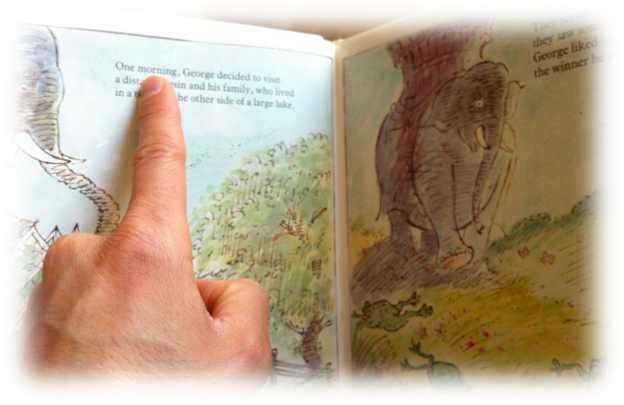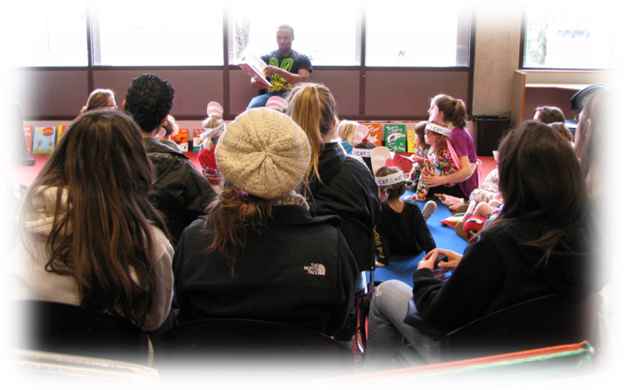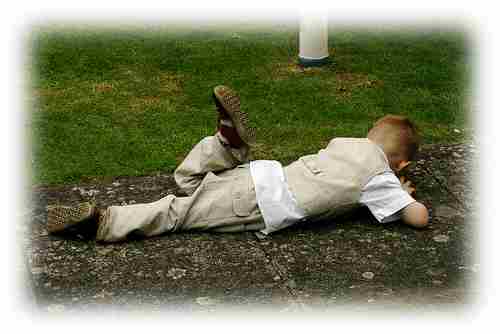Introducing Religion and Belief Systems to Children
One of the greatest gifts we can give to our children is that of knowledge and awareness.
Making sure that our children understand how people in our world differ and what causes this is an important trait that any young person can have.
Although this is a staple, not all parents have the ability to teach this to their children without some help and guidance from external sources.
There are many resources that can help parents teach their children about religion. Whether you want to just give a general overview or go into great depths, there is something out there to make sure that you are able to give you child the knowledge.
There are many different ways to approach this conversation, whether you chose to use books, classes or just have the conversation on your own, there is something for you that will help make this conversation as simple as possible.

If you are seeking out assistance from either a book, website or class one of the first and most important things you want to do is research.
You want to make sure that the specific organization you are using is not going to emphasis one religion or, even worse; give your children bigoted or racist opinions. You can always read reviews and testimonials. If you want to make your own opinion, it may be a good idea to review the content before sharing it with your child.
Remember, you want to give your child an overall view on religions and ways they differ from one another, so the last thing you want is to have your child become sectarian.
Children’s books about religion
The Kids book of World Religions by Jennifer Glossop is a great tool for parents explaining religion to a younger group of children (3-9).
The book is well illustrated and takes a light-hearted approach to explaining different types of religious views including Hinduism, Islam, Christianity and Sikhism. Basic information is given on each of these religions (book includes many more).
Information includes basic teaching, sacred places and events, religious leaders and scriptures. The book‘s well- illustrated pages make it exciting for a younger child to follow along.
If your audience is a little older, another great book is One World, Many Religions: The Ways We Worship by Mary Pope Osborne.
This is another book that shows the differences between major religious groups in our world.
The book will introduce six major groups and dedicates an entire chapter to that one group. This is great for any kids between 7 and 10.
Exploring religions and beliefs with your children
There are many different organisations that can provide religious education to children of all ages and certainly in the UK there is a religious awareness built into all state school run curriculum. My daughter has certainly celebrated several different religious festivals in her first two years at school.
If you chose to teach your children about different belief systems and religions yourself, there are a few ground rules you want to follow in order to make sure you are coming across and indifferent and unbiased to the differences.
It may be a good idea to attend some religious services to give your kids a first hand experience of what happens and use the time and place to explain some of the aspects, totems, idols or tenets of the system. The key is to make it a fun outing rather than an enforced trip. I’m planning on taking my daughter to the local Sheikh temple soon and to show her how generous they are the way they provide free food to visitors and to explain some of what they believe and why.
Make sure you’re as open minded and un-biased as possible when explaining and answering questions.
Children often mimic their parents (we are after all their best role models) so of course, if you hold a certain opinion they will surely follow.
It’s also recommended that with younger children you make them aware of what commonalities different religions have. This will help them understand that even though some aspects of faith are different, often times we have views that are alike.
Since religion is such an important subject, it’s important that you are comfortable with how it is being taught to your child. For an older crowd, many community colleges offer believe system classes that are usually open to people that just want to explore and not necessarily obtain a degree.
These are all great options for those wanting to explore with others since they are all classroom environments.

As you are going through the journey of teaching your child about the different types of religions around the world, it’s important to always remember to approach this with an open mind and allow for your child to explore and ask questions about the different types of faith.
However you decide to introduce them, it’s important that you keep an open mind and leave all prior thoughts and opinions out of the conversation.
You want to make sure that your child feels comfortable and is able to ask any questions they want without feeling bad for asking.













